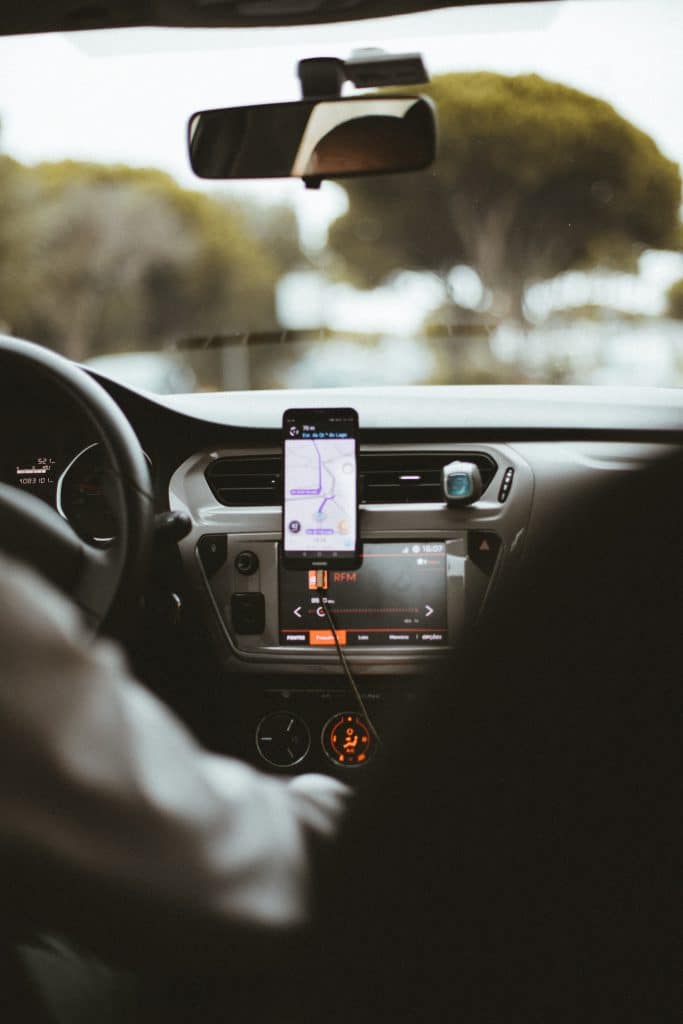
Is that really your Uber?
Kaitlyn Lundy, Staff Writer
Photo courtesy of Unsplash.com.
Samantha Josephson, a student of the University of South Carolina, was kidnapped and murdered last month when she entered a car she believed to be an Uber around 2 a.m. after a night out.
25-year-old Nathaniel David Rowland was charged with the crime after his car was discovered by law enforcement. He did not show up for court. The car did not display any branding for Uber. The overall investigation of the case is not over yet.
There are countless heavy hearts due to the incident. The story of Josephson�s death has been picked up by numerous networks spreading awareness across the country. To honor the USC student, Josephson will be awarded a posthumous degree from the university during the May commencement.
In response to the USC student�s recent death, the South Carolina House passed a bill named after Josephson, requiring ride-share vehicles such as Uber and Lyft to display illuminated signs. This bill had a vote of 99-1 and has now moved on to the Senate, according to CNN.
The repeated occurrence of fake Uber drivers is most common around college campuses. Uber, recognizing this, has taken measures since 2017 to outwardly project safety precautions to students across the United States.
The issue not only lies on the car providing companies lacking in visible labeling, it also strongly involves the fact that students seeking these rides are usually highly intoxicated at late hours of the night when using these services to get home. Furthermore, the generation primarily using Lyft and Uber are so used to the world of convenient apps, that they don�t anticipate the dangers that can be associated with carelessness.
According to Uber�s website, �Uber driver-partners in the U.S. go through a multi-point screening check for their driving and criminal history before they are authorized to take trips through the app. Every rider has access to safety features built into the app and a support team if you need them.�
These screenings go in-depth looking for records of �moving violations, drinking-and drug-related offenses, violent crime, and felonies.�
The website even includes a video demonstration called Check Your Ride including a three-step process to ensure the rider is entering the correct vehicle. These steps include matching the license plate number, matching the car make and model, and checking the driver�s photo all before entering the vehicle.
In addition, there is an emergency assistance button accessible within the app that will call 911 and provide location and journey details.
Uber also released a statement in response to Josephson�s death, �in coming weeks [we] will launch a social media campaign, buy ads in college newspapers and begin sending push notifications during pickup to remind passengers about safety steps.�
In addition to the safety precautions set forth by Uber itself, students have been advised to ask the driver for their name before entering a vehicle. This issue is highly on the radar of those close to college-age students.
With the addition of these countless security measures and the awareness of Josephson�s death, many hope that these instances will become less common in the future.

